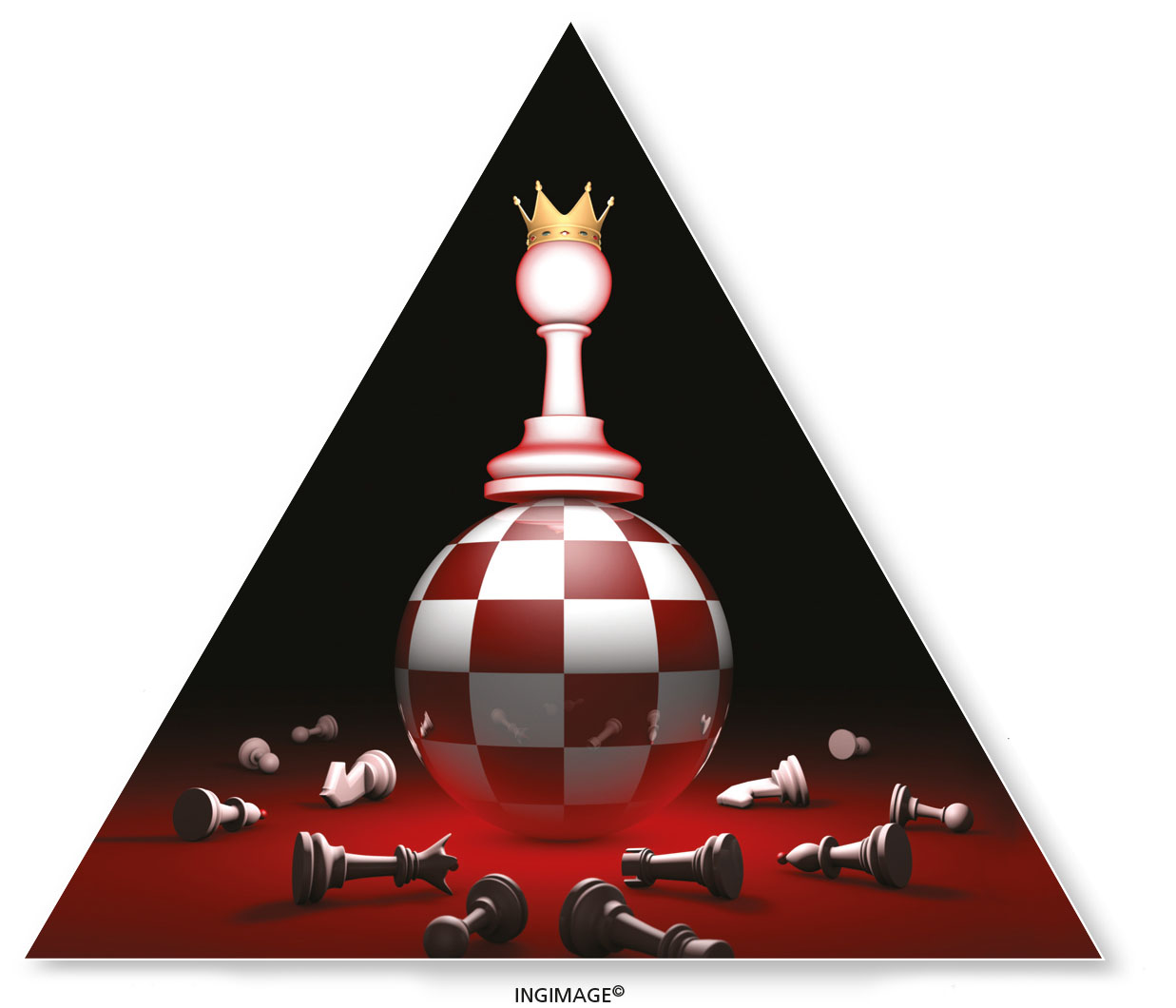BUSINESS EVOLUTION
EVOLVE OR PERISH
Jayashantha Jayawardhana tracks the phases of growth
Top executives in a global restaurant chain cling to an organisational structure long after it has served its purpose because that structure is the source of their power. The company eventually goes into administration.
A large finance company admonishes a rebellious manager who is blamed for its control problems when the underlying causes are centralised procedures that forestall expansion into new markets. The competition moves in, talented young people quit and revenue takes a nosedive.
Why does this happen?
In an article in the Harvard Business Review (HBR), Professor Larry Greiner at the University of Southern California (USC) Marshall School of Business says that the problems at these companies are rooted more in past decisions than in present events or market dynamics.
But since management often tends to engage in a hasty pursuit of growth, it fails to answer critical developmental questions such as: ‘Where has our organisation been and where is it now? What do the answers mean for where it’s going?
The behaviour of individuals is determined primarily by past events and experiences rather than what lies ahead.
By extending that concept to organisational development, we can identify a series of development phases through which companies pass as they grow. Each phase commences with a period of evolution, followed by steady growth and profitability, and ends with a time of major organisational turbulence and change.
When the development of an organisation is analysed, five major dimensions emerge – its age and size, the stages of evolution and revolution, and the growth rate of the industry it is in. Obviously, the same organisational practices aren’t maintained throughout a long lifespan; its problems and solutions change tellingly, as the workforce and sales volumes increase.
An evolution stage is when an enterprise experiences relatively calm and prolonged growth over a few years. A revolution may more or less be like a roller coaster ride. Meanwhile, the market environment in the industry dictates the evolutionary or revolutionary nature of change that the company is inherently subject to.
Let’s explore the five phases…
PHASE 1 At the start of a business, the emphasis is on creating a product and market. A couple of factors characterise this phase of creative evolution. The owners are technically or entrepreneurially oriented, and consumed with the need for producing and selling a new product. But as the company grows, greater efficiencies and stricter controls are needed, which is when this method becomes a problem. At this point, a crisis of leadership ensues – and this signals the beginning of the first revolution. Therefore, one of the major decisions would be to appoint a competent business manager from outside the company.
PHASE 2 During this stage, under a strong and capable new manager, systems and processes are defined – and they’re designed to exercise greater control over the operations. The haphazard nature of a startup begins to give way to a more professionally run business. But a crisis of autonomy occurs at the point when these measures prove inadequate for running a more diverse and complex organisation. Many companies flounder at this stage if they fail to come up with an effective strategy to delegate.
PHASE 3 This phase starts with the successful application of a decentralised organisational structure. Much greater responsibility is assigned to managers who run Strategic Business Units (SBUs), plants or territories. Profit centres and bonuses are introduced to motivate people. But at some point, a crisis of control is inevitable as autonomous field managers tend to run their own show. The right measure to adopt at this stage is not revert to a centralised structure but ensure more effective coordination.
PHASE 4 Formal systems are adopted to achieve greater coordination and senior executives take responsibility for designing and implementing new systems. But at a certain point, as the gap between head office and the field widens, it sparks a crisis of red tape. Procedures take precedence over problem solving and innovation wanes. The right solution is collaboration.
PHASE 5 Strong interpersonal collaboration is how an organisation can overcome a crisis of red tape. The emphasis is on spontaneity of management action through teams and skilful confrontation of interpersonal differences. In essence, this stage calls for a more flexible and behavioural approach to management to replace the bureaucratic system adopted in Phase 4.






Agree that the behaviour of people is determined by past events and experiences and not what lies ahead. Also agree with the writers that by extending this to business development, a series of phases through which companies pass as they grow can be worked out. Yes, when this development is analysed, the ‘dimensions’ mentioned are right, although I would disagree that its age matters, because the modern world caters to companies of many sizes and one can be better or worse than the other. What is most important is the growth rate of the industry the company operates in. Overall, an insightful article and a good read. Thank you.